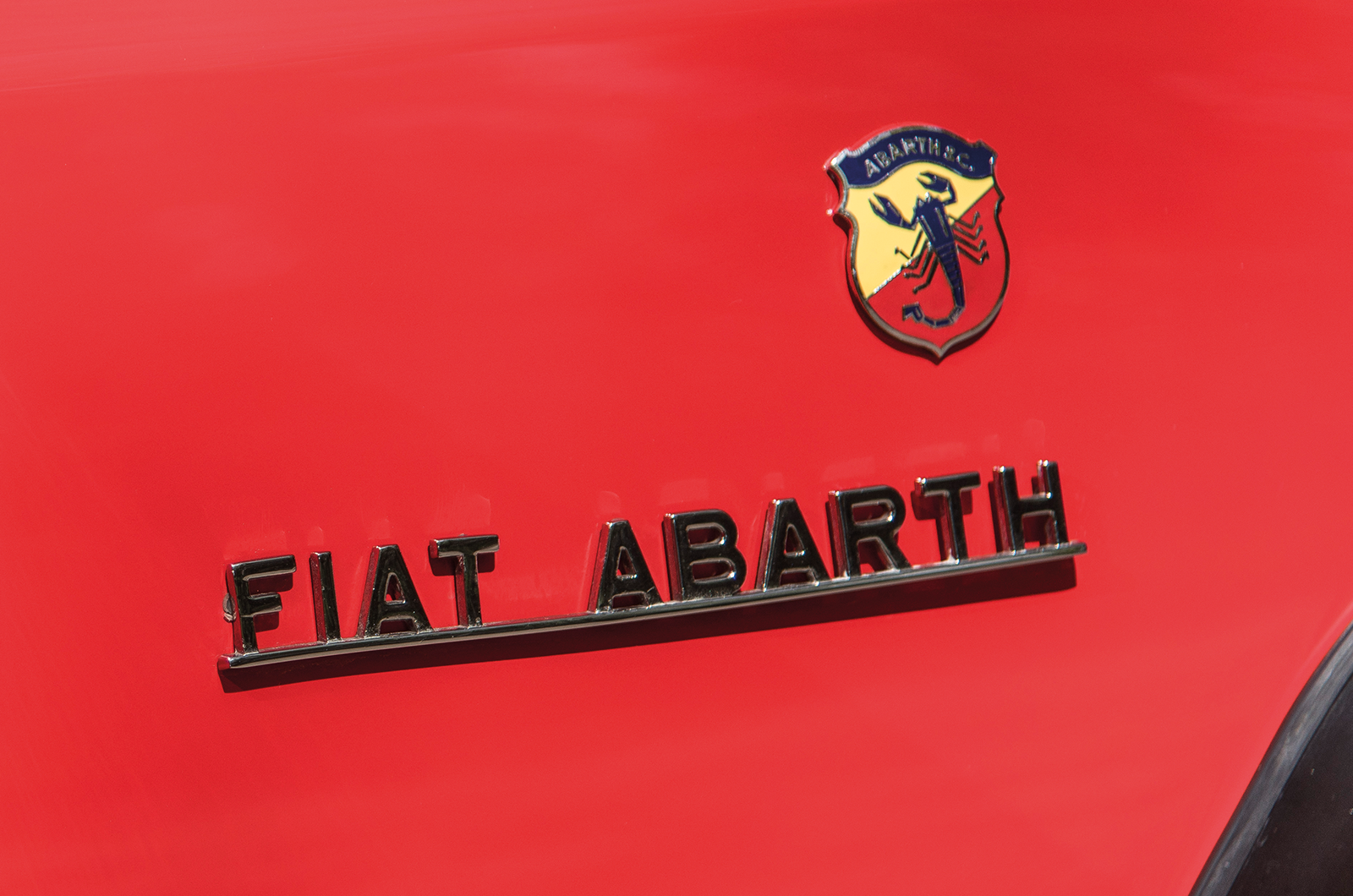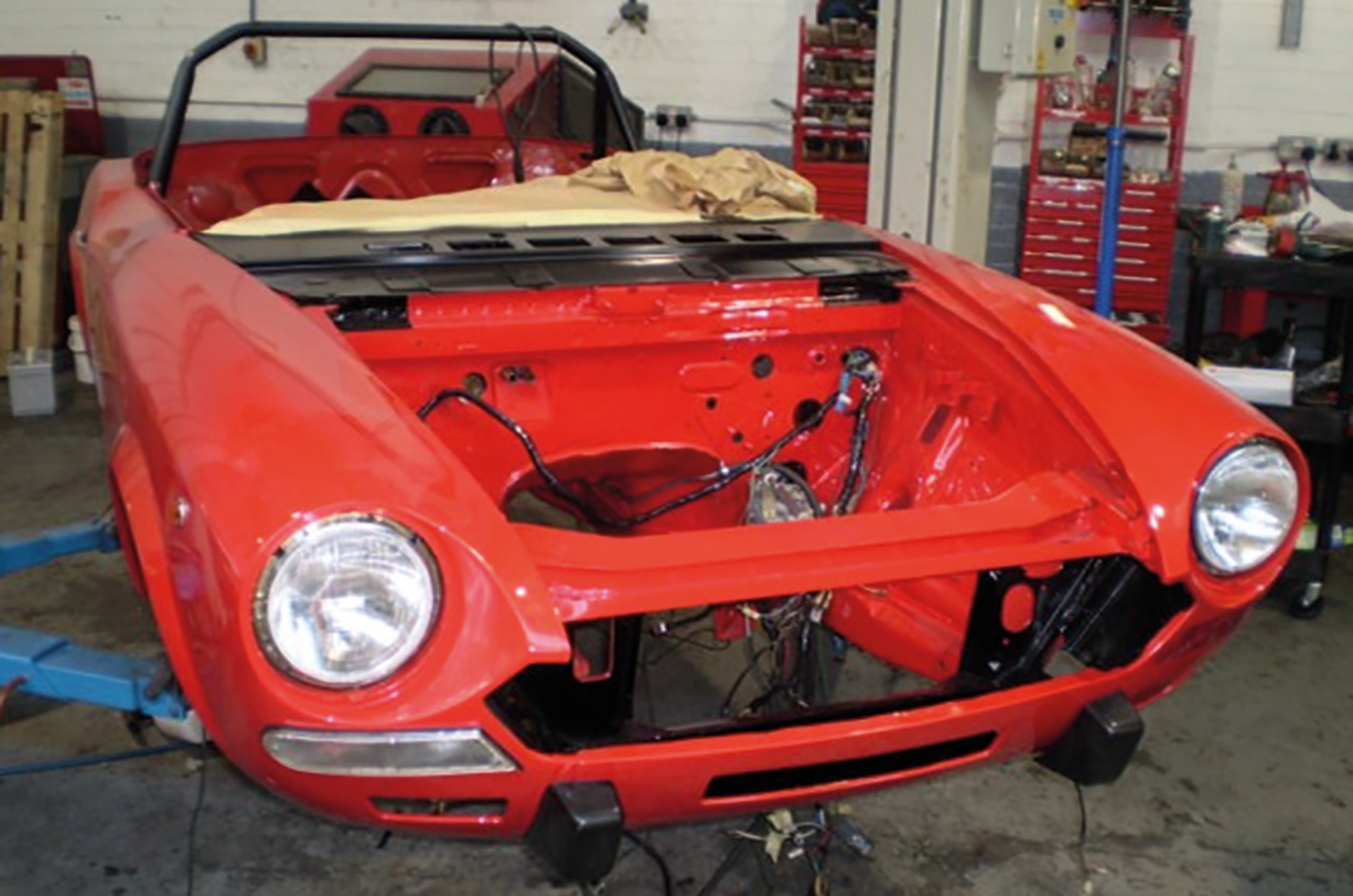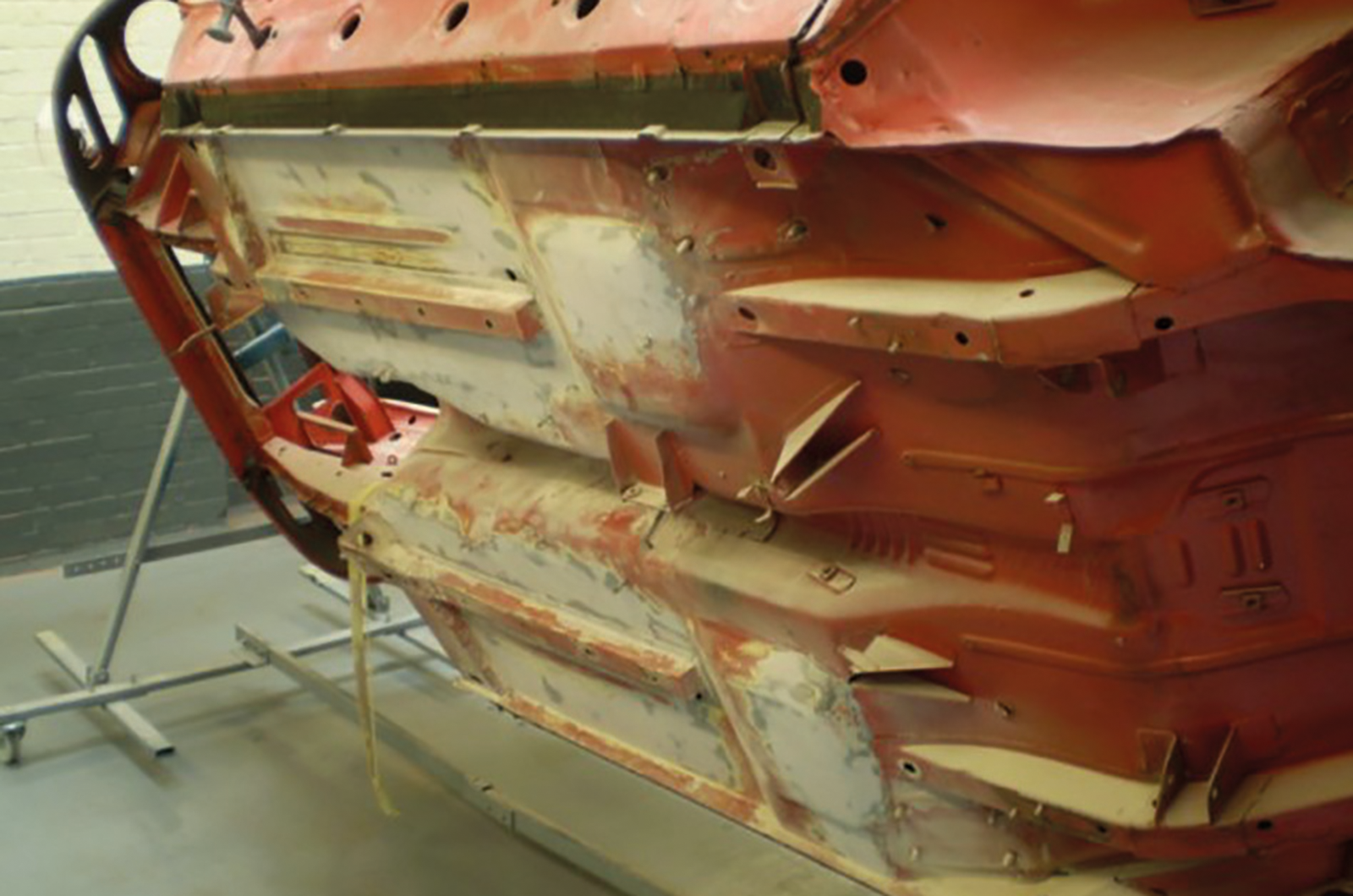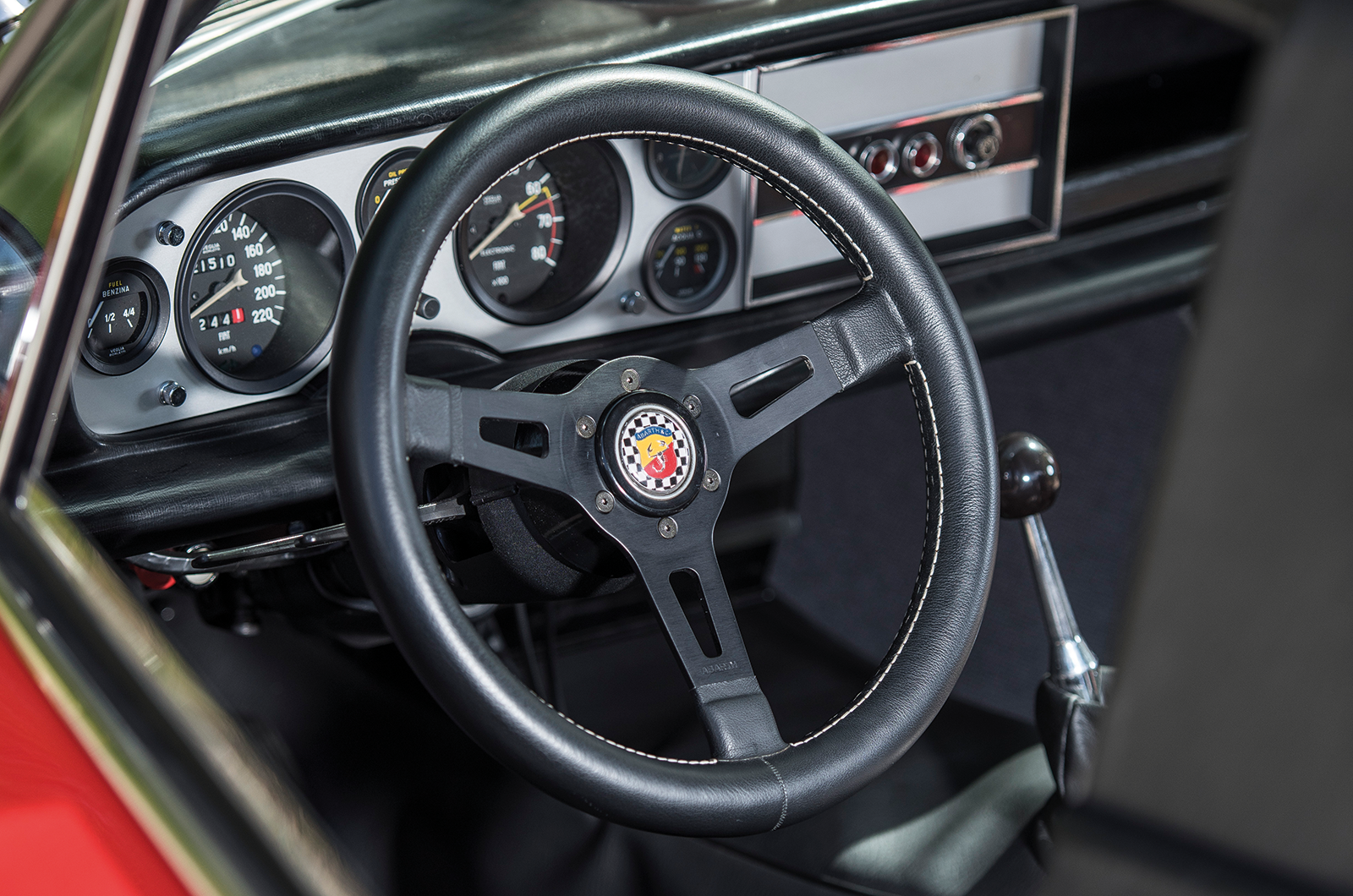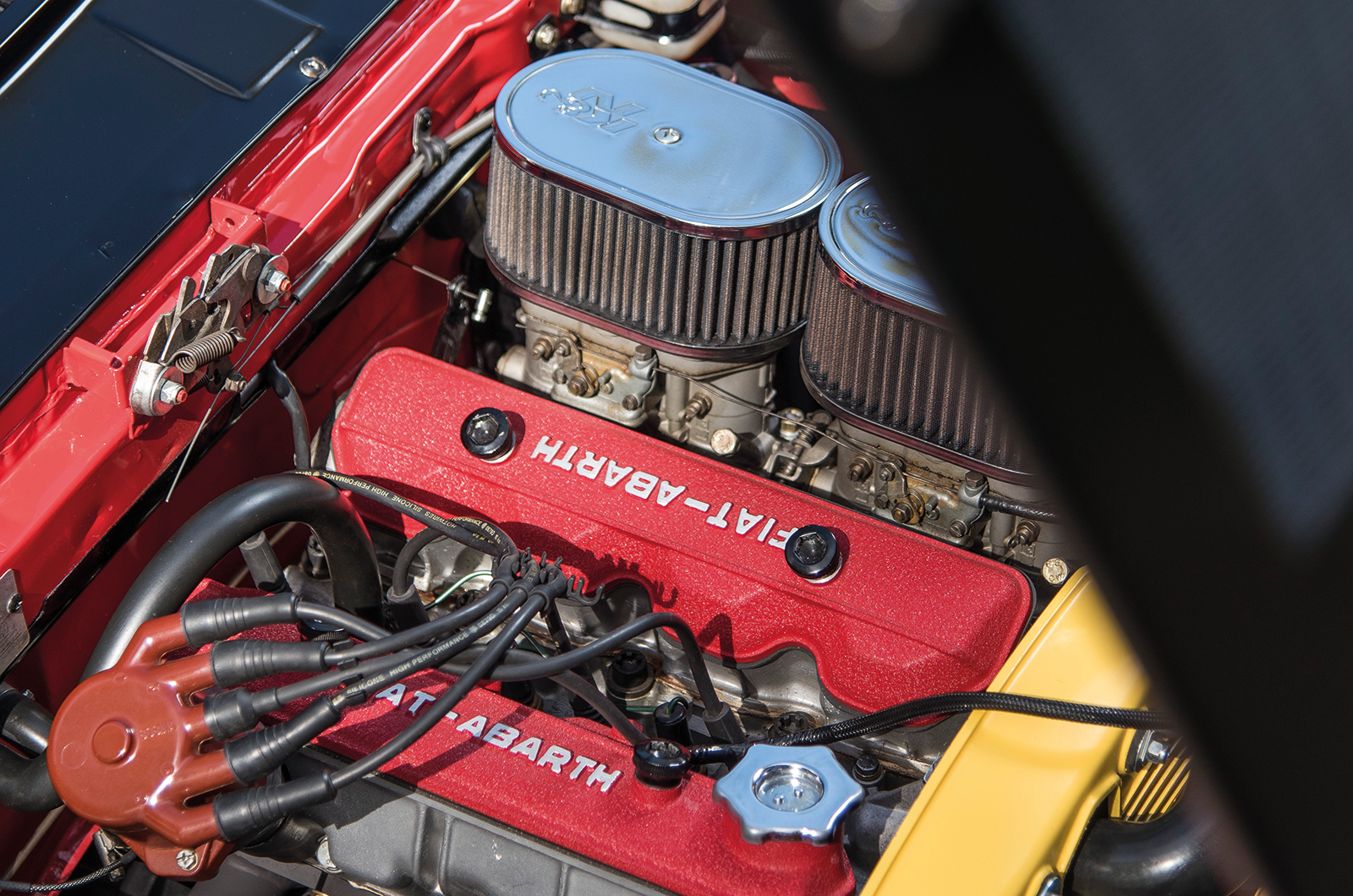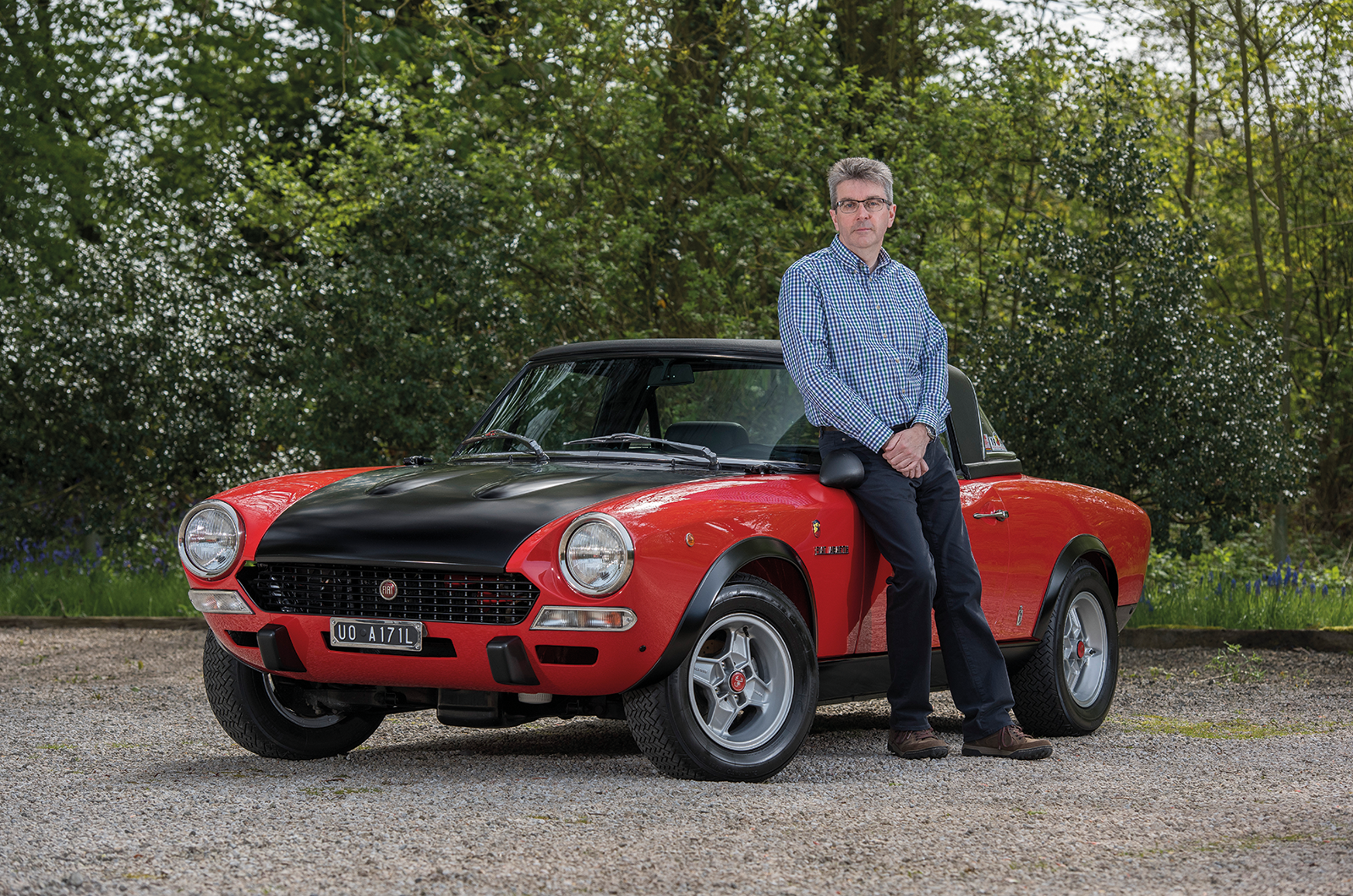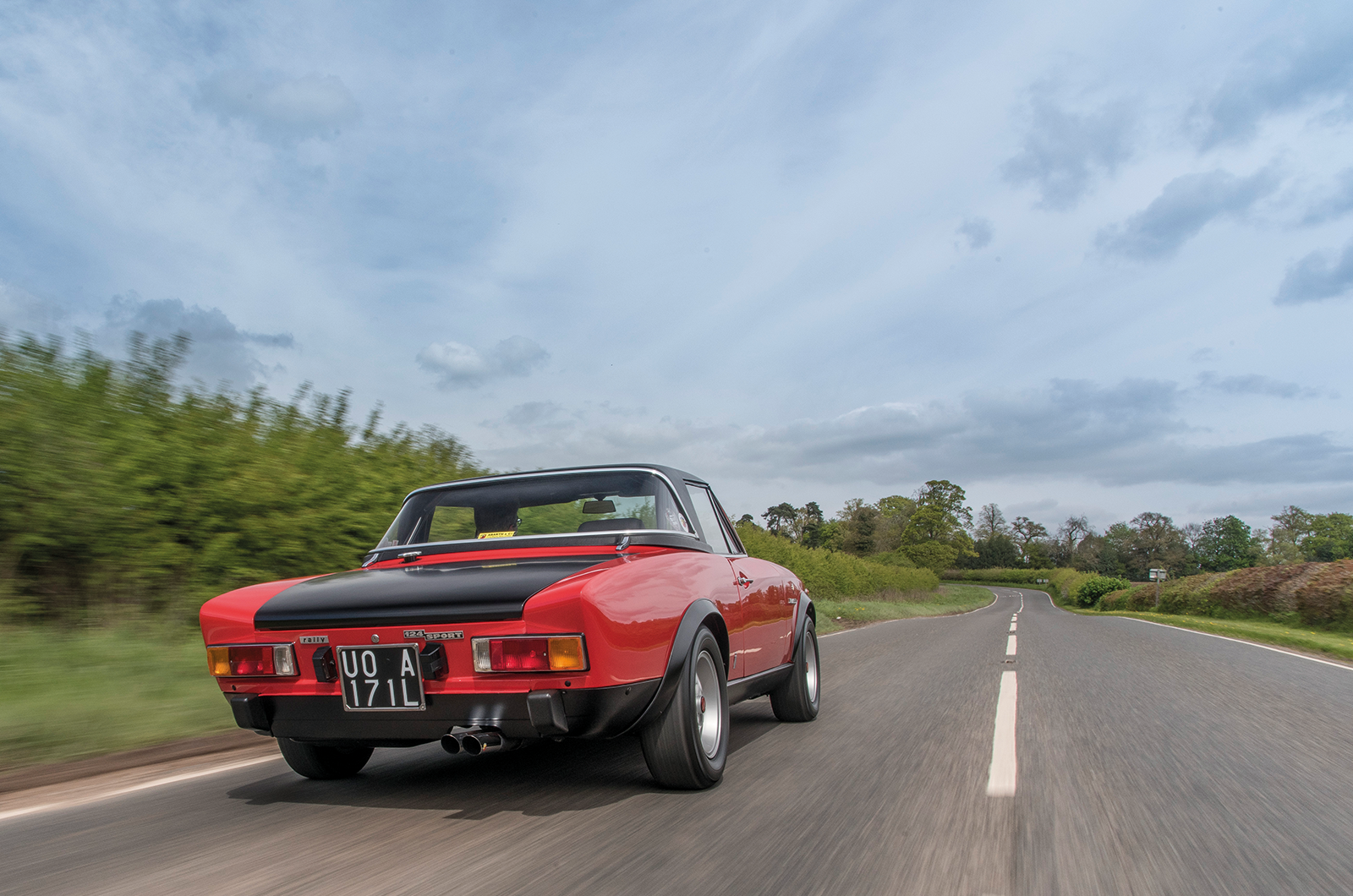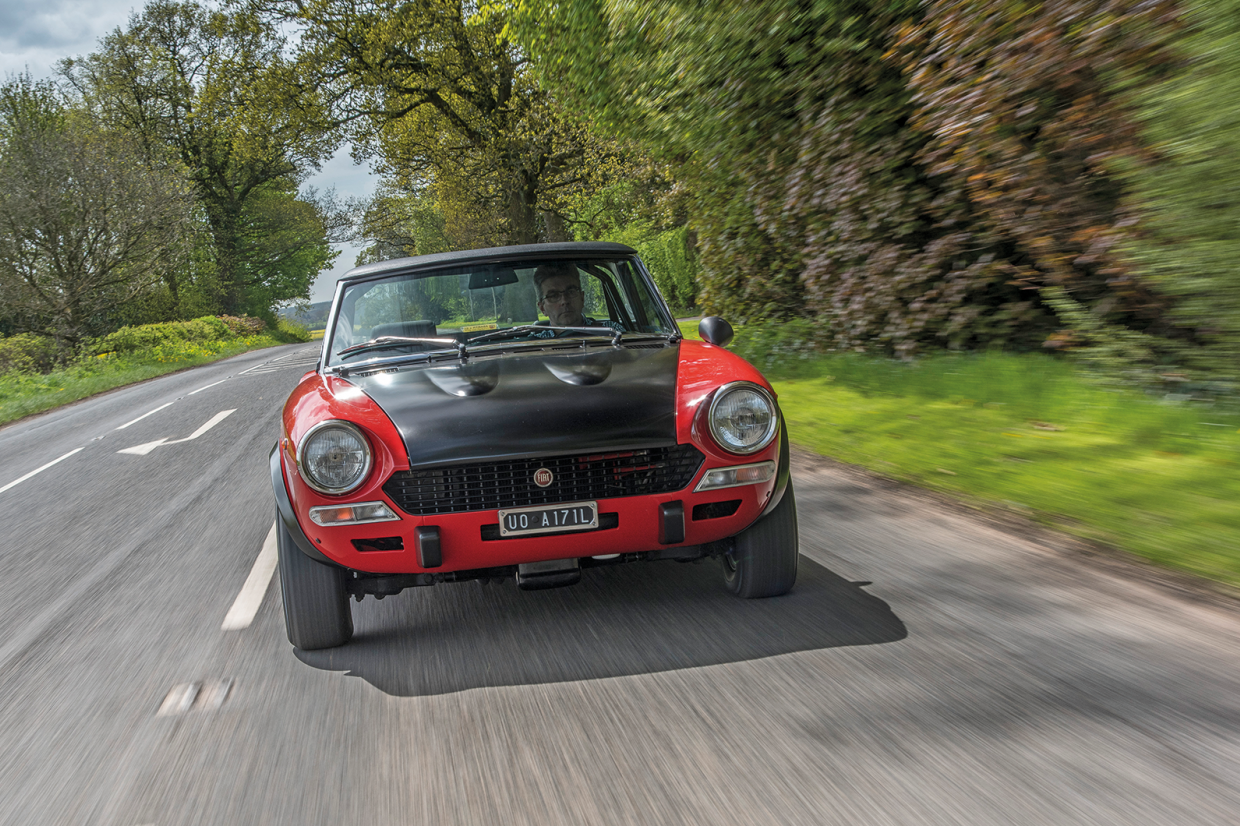
There’s nothing like driving another example of your own classic car to whip up a hornet’s nest – or in Giles Broomhall’s case, a scorpion’s.
“I’d owned my Fiat 124 Abarth Stradale since 1984 and had it restored in the ’90s, but if I’m honest I was never completely happy with it.”
The catalyst for a second restoration arrived in 2010, with a visit to 124 specialist DTR European Sports Cars in Coulsdon, Surrey: “I’d sent my car down to have a few general bits and bobs done, and on a visit I had a quick spin around the block in a white Abarth they had restored.”
Cue a maelstrom of emotion, as the contrast opened his eyes to what his car could be.
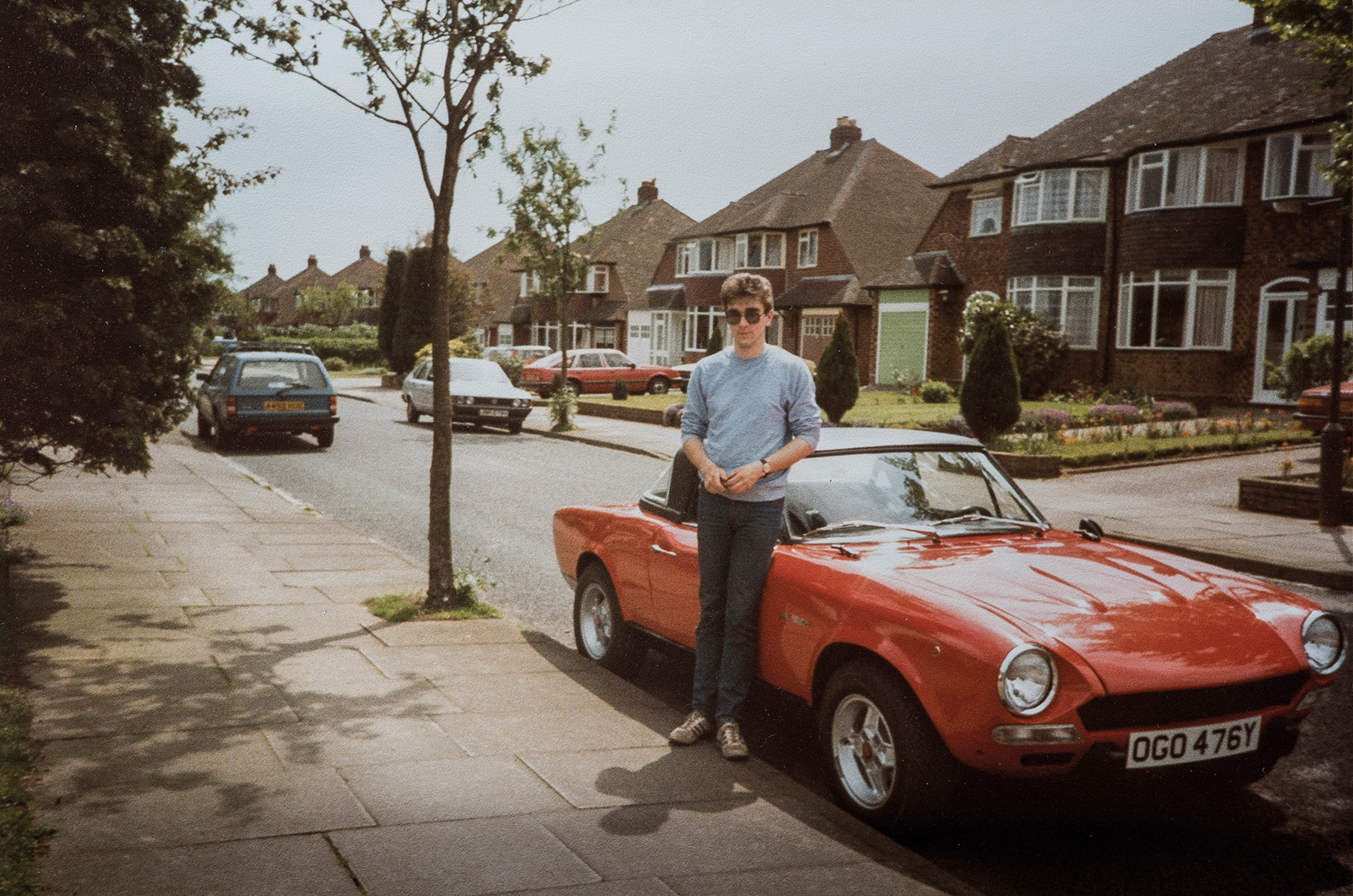
Broomhall pictured soon after buying his Fiat 124, aged 20
“The problem was that I’d just never driven another, I only had experience of mine,” he explains. “However, in comparison, DTR’s example was so lively and nicely balanced – I don’t think mine was set up properly. That put me on to restoring it.”
His love of the model can be traced back to his older brother’s ownership of two 124 Spiders – a very early 1400 and an 1800 BS – in the early ’80s.

